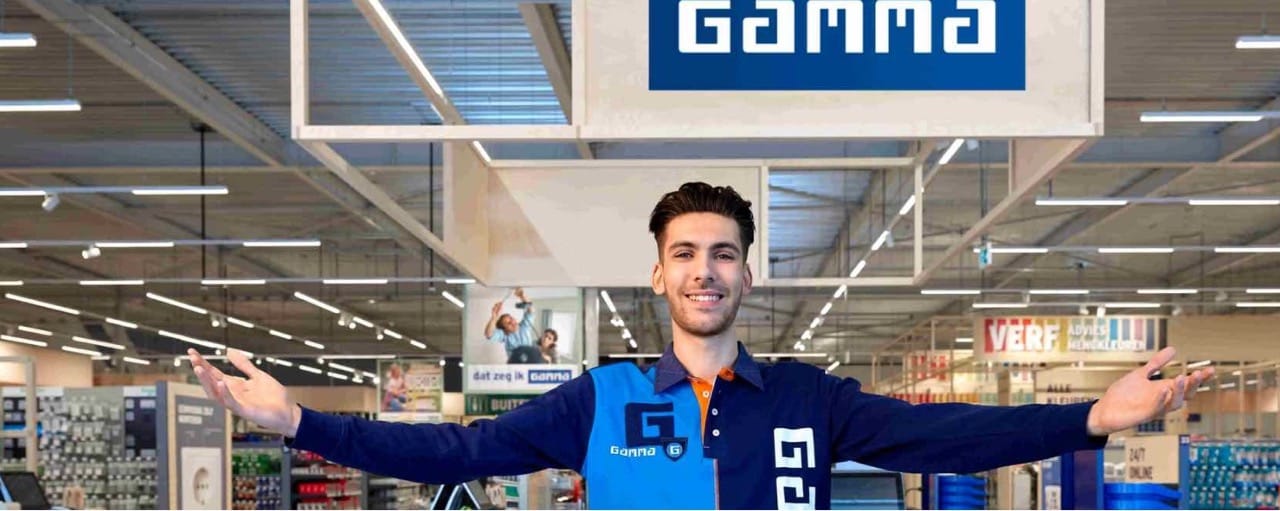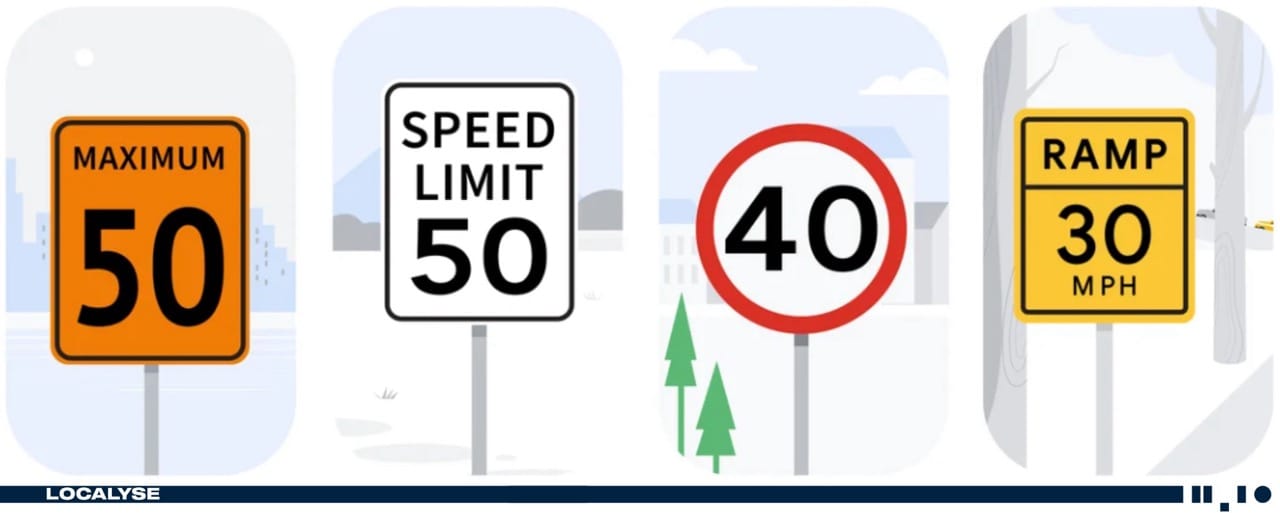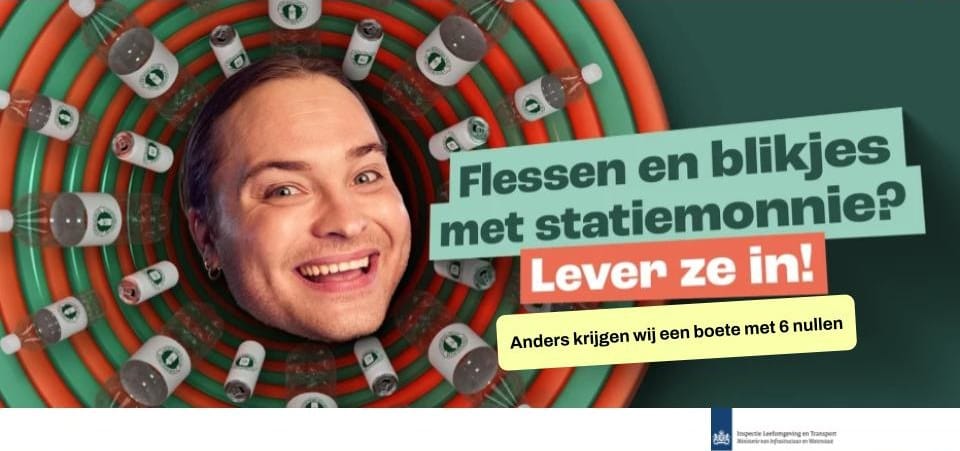PAXX pushes boundaries with complex route planning
Scale-up PAXX has developed a technically advanced solution based on Anymap and Google Cloud Platform to perform target group transportation more efficiently and reliably. Every year there are about 60 million cab rides in Dutch target group transportation. The planning of these no longer needs to be done by people, and this results in the highest possible efficiency and improvement of service quality.
Target group transport is the largest share of the cab market in the Netherlands: it includes passengers who qualify for substitute public transport, pupils in special education or pupils who cannot attend regular education in the immediate vicinity and seated patient transport.
In order to keep the costs of the target group transport under control, passengers are transported in combination. Moreover, combining is more sustainable; it ensures that fewer miles are driven, which leads to less energy consumption.

Humans and a smart algorithm
For a carrier, working more efficiently is necessary. “But scheduling these kinds of trips is a complex puzzle,” Quintin van Gemert explains. He is CEO of PAXX. His scale-up was founded in 2020 to develop various innovative solutions for target group transportation. “We see that people benefit from smart algorithms.” Right now, companies always create basic schedules a day in advance. But every day is different, so those schedules are theoretical and far from what would be the best choice in practice.
PAXX’s platform pairs drivers and cab vehicles with people with specific requirements. This allows vehicles to be used in the best possible way and suggested the best routes. The system was named MerQurius. Van Gemert: “MerQurius has to process a lot of complex data combinations and continuously calculate the best routes using the current traffic situation.”
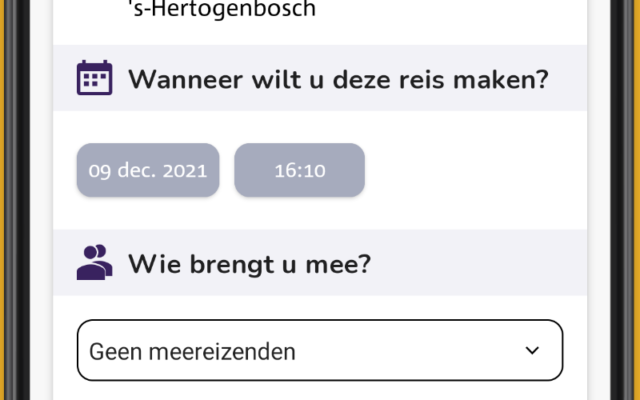
Geographic challenge
Creating the solution was technically a huge challenge, Van Gemert explains. Rory Baart, CTO at PAXX, designed MerQurius’ algorithm. “The first challenge we had was geographical. We wanted to be able to calculate how to efficiently schedule as many bookings as possible into routes. The fewer drivers you schedule, the more remain available for trips that are going to be booked later.”
To do that, the system needs to know where everyone is, both drivers and travelers who have checked in. “With real-time data of the traffic situation, MerQurius can calculate the duration of all possible routes very accurately. This makes any planning more reliable. It can then dynamically decide that it is better for one driver to detour a stretch for an additional traveler, so that another driver can get his travelers to their destination on time.”

Mathematical challenge
The second step was a mathematical challenge. Baart: “We wanted an algorithm that could generate lots of route options and make the optimal selection from them.” This is different from what people do when planning: people work intuitively and plan routes one at a time and far ahead. For example, planners reserve extra time for traffic jams they expect. But that time is almost always too tight or too generous, Baart explains. “Only by generating new route options live all the time can we calculate and adjust optimal routes.”
The system must also take business rules into account. For example, one rule is that if a traveler needs to be picked up from his/her room (special requirement), the car must be locked. The car must then also be empty. Such frameworks are crucial when planning and combining trips in this industry.
The challenge of balancing
PAXX also wanted the algorithm to be able to make choices based on the characteristics of the travelers themselves. Baart: “Traffic can be adverse and then this situation can occur: picking up one traveler much too late or picking up two people a little too late. We can give a weight to each requirement in MerQurius, so it can make choices in that as well. Someone on a birthday might be able to be picked up later. But someone with a hospital appointment might not be able to wait.”
It managed to put many different trade-offs into MerQurius. Van Gemert: “We built an algorithm that is extremely flexible: it takes into account all the characteristics of the drivers, vehicles and the travelers who need to get from A to B. It calculates the optimal routes continuously. It continuously calculates the optimal routes for all bookings. The drivers only have to follow the routes that the navigation gives them. Planners of the past are now working on special cases. They keep an eye on whether the system is making the right decisions in exceptional situations and intervene when necessary.”

High intensity of data requests
“MerQurius could only get there with help from Localyse,” says Van Gemert. “Customization was needed to optimize routes in real-time with many variables. The Google Cloud Platform is the only platform that can handle so many data requests from the system.” The intensity is high because of the hundreds of trips that sometimes need to be booked and monitored at the same time; requests are sent all the time to get another up-to-date picture of the situation. Google Cloud Platform can handle that large amount of data processing through Kubernetes.
MerQurius further primarily uses Anymap. “There are many locations that we use to do new calculations with the current traffic situation,” he said. For hundreds, thousands of positions, the system is going to keep calculating possible routes. Since Anymap also runs in the Google Cloud Platform and uses Kubernetes, the system never fails.

Boundaries shifted
The result is impressive. With their system MerQurius, PAXX offers a fully automated specialized trip planner that runs on their self-developed algorithms. Van Gemert: “This smart automation was not possible until recently. We have pushed boundaries, overcome the challenge and are ready to scale up.”
The technical part of PAXX’s challenge is over: the algorithm works, and with it, the special transportation cab industry has been optimized. PAXX has been working on a technical solution that allows scaling up so that more transport companies can be added to the network. “We can have dozens of organizations running on our platform at the same time,” he said.

Also for other types of carriers
PAXX also wants to be able to add other types of carriers to their platform. After target group transportation, they want to expand their product to group transportation of children: student transportation.
Van Gemert: “The biggest challenge ahead is to teach users to trust the system.” Drivers, operators and other employees have to get used to trusting the computer’s planning. Except in special cases, when they do have to intervene. “And human mistakes, like missing a turn, continue to happen. MerQurius adapts quickly to their impact. That’s the beauty of it.”
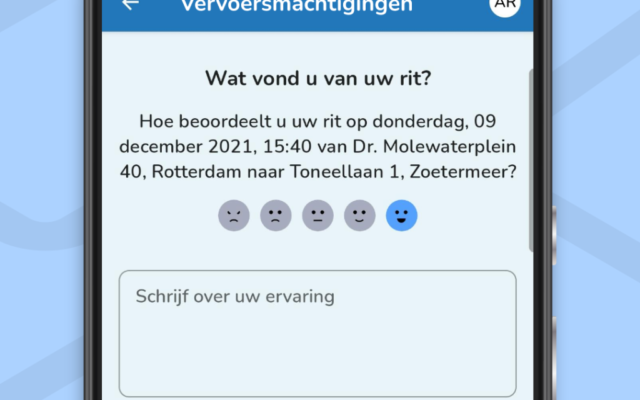
Let's discuss your project
Looking for a way to make better decisions about your business’s location-based strategies? Look no further than Localyse!
Phone
